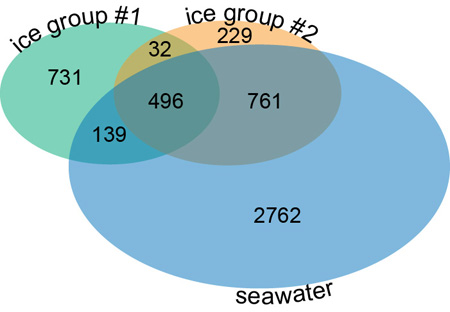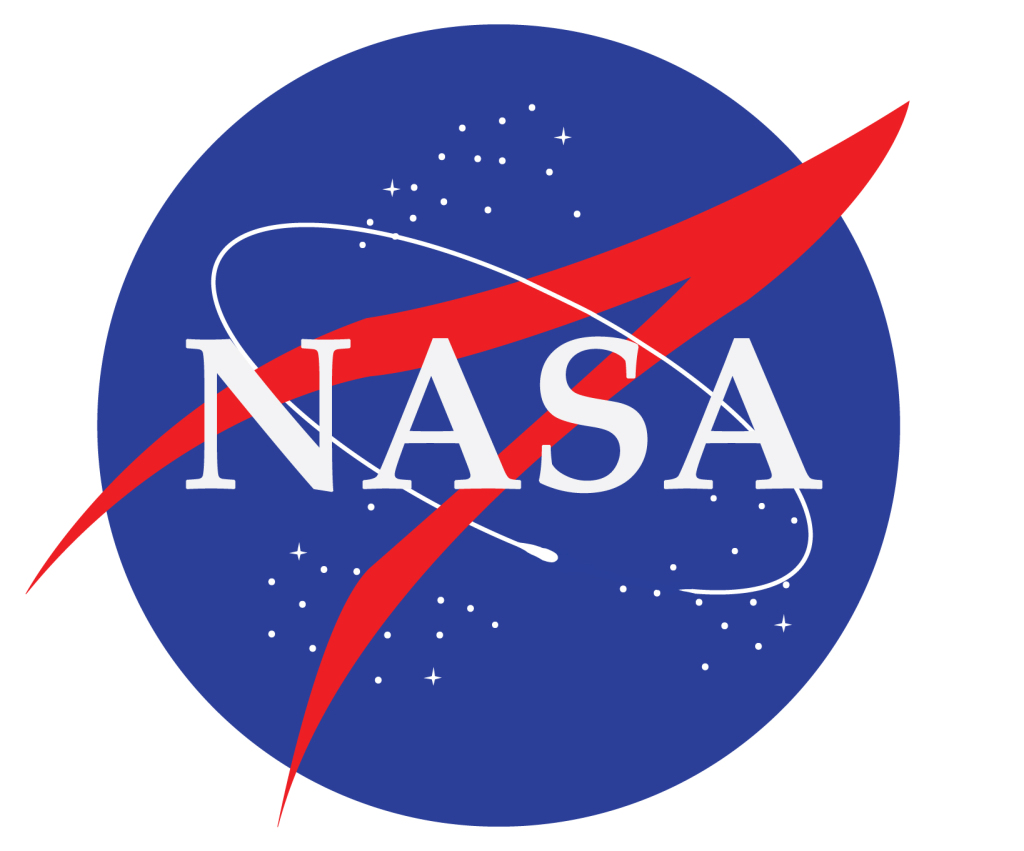Carbon cycling in polar regions
The Arctic is a region in transition and the short and long term impacts of climate change on the ecosystem have yet to be fully elucidated. My research interests center on the cycling of organic carbon within polar systems. The goal is to consider sources and sinks of organic matter, and use this information to provide a baseline for comparison under future climate regimes.
Carbon from Arctic rivers
This research seeks to better quantify the seasonality and variability in the riverine contribution of organic carbon into Arctic Ocean coastal margins. The field work was conducted near Prudhoe Bay in the vicinity of two rivers: the Kuparuk River and the Sagavanirktok.
Catipovic, L., K. Longnecker, S.R. Okkonen, D. Koestner, and S.R. Laney (2023) Optical insight into riverine influences on dissolved and particulate organic carbon in a coastal Arctic lagoon system. Journal of Geophysical Research – Oceans. 128, e2022JC019453. (link to publication)
Organic carbon in sea ice and seawater
An analysis of paired sea ice and seawater samples allowed me to compare the composition of organic matter and consider the transfer of carbon from sea ice into the underlying water column. Organic matter in sea ice is more variable than what is found in seawater. Yet, the sea ice samples present two distinct patterns which are labeled as 'ice group #1' and 'ice group #' in the Venn diagram from Longnecker (2015, Geochimica et Cosmochimica Acta) . This project is expanding our understanding of the organic compounds in sea ice and is directly relevant to current questions on carbon cycling in polar regions.
Funding Agencies
My Arctic research has been funded by NASA and WHOI’s Arctic Research Initiative.
Collaborators
Samuel Laney (WHOI), Ted Maksym (WHOI), Steve Okkonen (University of Alaska, Fairbanks), and Dariusz Stramski (Scripps Institution of Oceanography).

